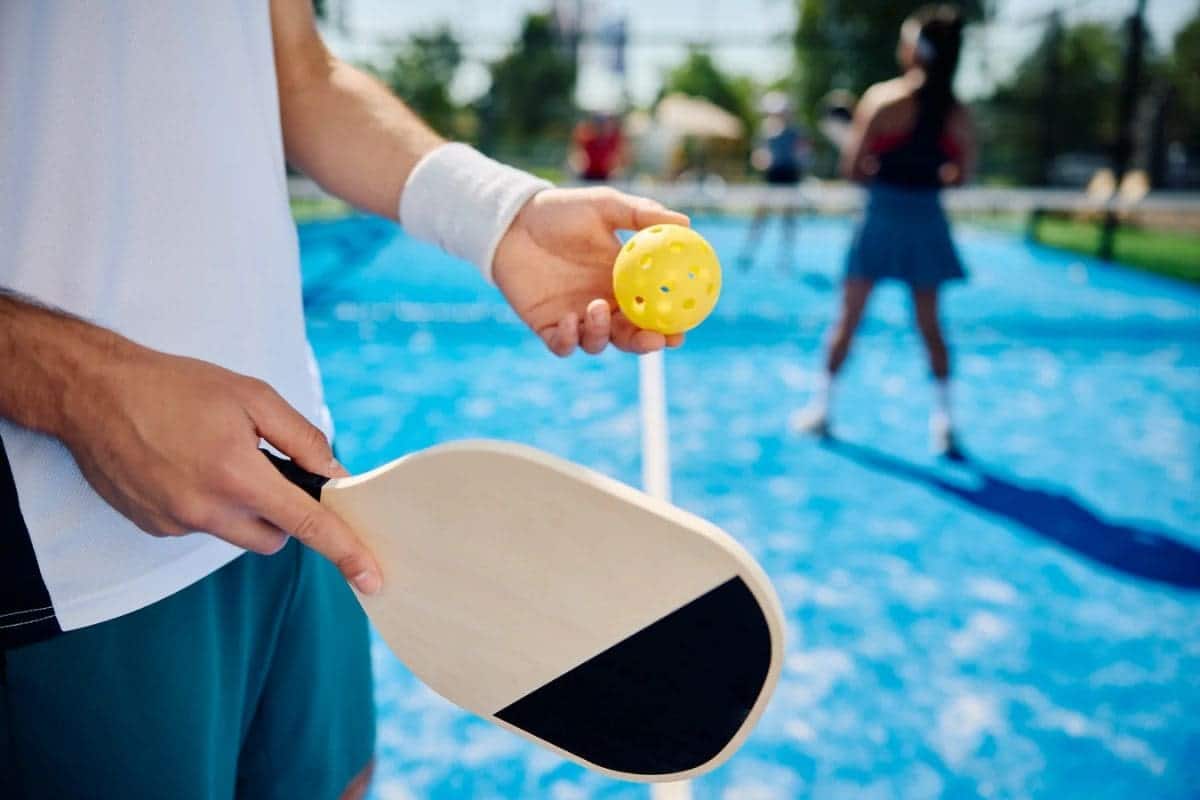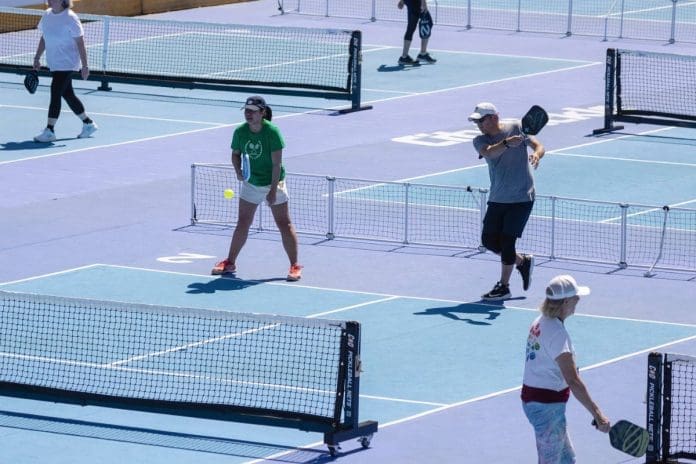Pickleball Noise Pollution: Pickleball’s meteoric rise sparked from its Pacific Northwest roots, has brought a mix of enthusiasm and controversy to communities across the country. As local parks departments rushed to accommodate the sport’s growing popularity, an unexpected challenge arrived: pickleball noise. The sport’s distinctive sound—louder and higher-pitched than tennis—has prompted a series of noise complaints from nearby residents, prompting a closer look at how the game affects communities.
Centennial, Colorado, is at the forefront of this issue, grappling with how to balance the demand for pickleball courts with the need to keep residents’ peace. The city commissioned an extensive acoustic analysis to address these concerns and provide actionable recommendations.
Understanding the Pickleball Noise
To grasp the pickleball noise conundrum, one must first understand the basics of sound. At its core, sound is a disturbance in air pressure, perceived as vibrations. The characteristics of sound—its amplitude, frequency, and duration—shape how we experience it. Higher-pitched sounds, such as those produced by pickleball, are particularly attention-grabbing.
Pickleball’s distinct “pop” sound comes from the hard paddles striking the ball, creating a sound that typically falls around 1 kilohertz. This is a midrange frequency that our ears are particularly sensitive to, making the noise seem more pronounced than that of tennis. Researchers have long known that high-pitched noises are more likely to be perceived as annoying and can even contribute to stress-related health issues.
The Science of Sound Propagation
The city’s report dives deep into how far pickleball noise travels. It turns out that noise doesn’t travel uniformly; it’s loudest directly in front and behind the paddle due to the way sound waves are generated and reflected. The report highlights that pickleball courts are noisiest along their length, extending about 500 feet from the court, while the noise diminishes significantly to the sides—about 260 feet.
This means that the orientation of courts plays a crucial role in managing noise impact. For instance, while players might prefer north-south court alignments to avoid sun glare, such positioning could increase noise issues for nearby homes.
Mitigating the Pickleball Noise
Fortunately, there are ways to mitigate pickleball noise. The terrain around the courts can make a significant difference: surfaces like asphalt and concrete reflect sound, while vegetation and uneven ground can help absorb it. Barriers like walls and berms can be effective, but they must be carefully designed to avoid amplifying the noise further.
The consultants have outlined several policy recommendations. They suggest that pickleball courts should be situated at least 100 feet from residential buildings. For courts within 350 feet of homes, noise abatement measures should be implemented, and for those within 600 feet, a thorough acoustic review is advised. They also recommend limiting court usage near residences to daylight hours and considering the adoption of quieter pickleball equipment.
Other Noise Considerations
Interestingly, the study also looked at noise generated by players and spectators. It found that many complaints were about the nature of the conversations and not just the sound of the game itself. Apparently, the verbal exchanges on the courts—sometimes cursing—are as much a part of the pickleball experience as the game.
As pickleball continues to spread, cities like Seattle are exploring ways to accommodate the sport while minimizing disruptions. With newer, quieter court designs on the horizon, it seems there may be hope for balancing the joy of pickleball with the needs of local residents.

News in Brief: Pickleball Noise Pollution
Pickleball’s rapid growth from its Pacific Northwest origins has brought enthusiasm and controversy due to its distinctive noise. This high-pitched “pop” sound, louder than tennis, has led to noise complaints in communities nationwide. Centennial, Colorado, is addressing these concerns through an acoustic analysis to balance the sport’s popularity with residents’ peace.
The study reveals that pickleball noise is most pronounced directly in front and behind the paddles, extending up to 500 feet from the courts. Mitigation strategies include orienting courts strategically, using noise-absorbing materials, and implementing noise abatement measures. Recommendations include situating courts at least 100 feet from homes, limiting usage to daylight hours, and considering quieter equipment. Additionally, player and spectator conversations contribute to noise complaints. Cities like Seattle are also exploring quieter court designs to reduce disruptions and maintain the sport’s appeal.
Also read: Indoor Pickleball Club at Newtown Shopping Center is Set to Open

